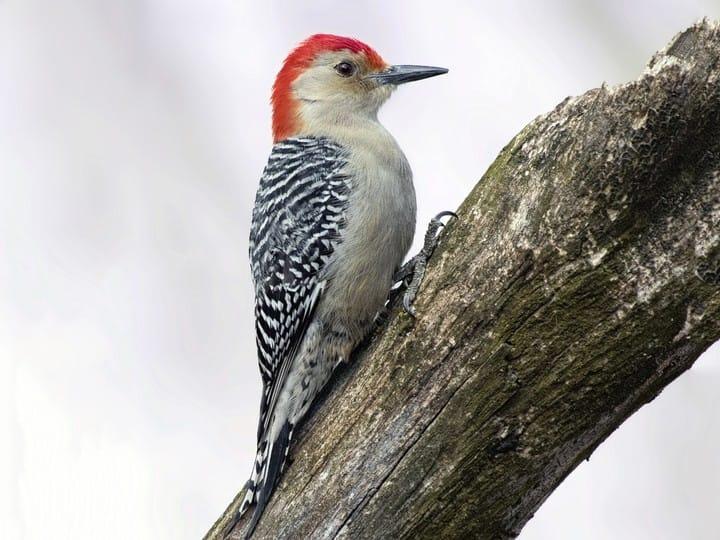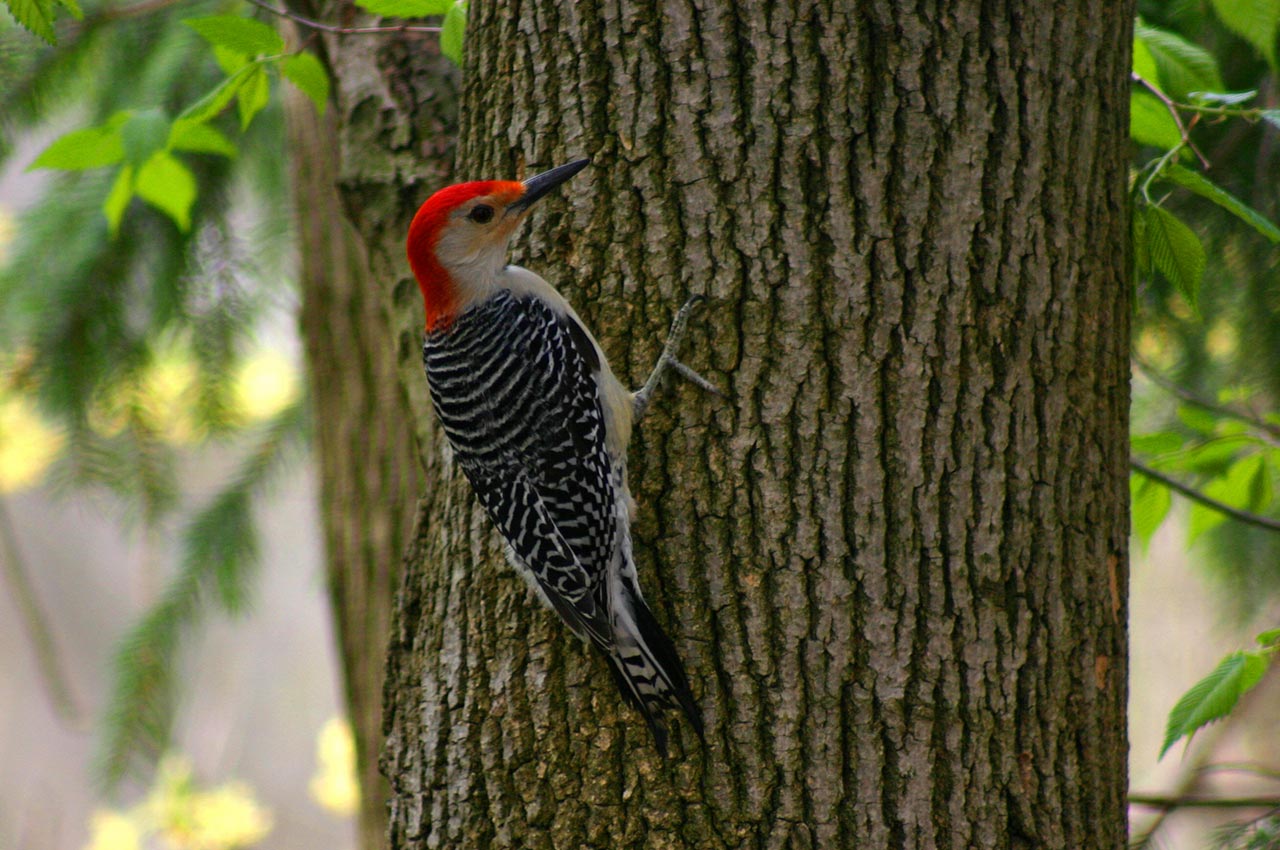Discovering Woodpeckers in Florida: Variety Diversity and Nature
Discovering Woodpeckers in Florida: Variety Diversity and Nature
Blog Article
Discover the Remarkable World of Woodpeckers: Everything You Need to Know
The world of woodpeckers is a world loaded with unique habits, intricate adaptations, and a diverse selection of types. From their environments and circulation patterns to their feeding practices and specialized anatomical functions, woodpeckers have long captivated the rate of interest of ornithologists and nature lovers alike. Comprehending the details of these interesting birds gives a look into the complicated interaction between their biology and the setting. As we discover the world of woodpeckers additionally, we reveal a riches of info that clarifies their importance in environments and the obstacles they deal with in an ever-changing world.
Woodpecker Habitats and Distribution
In North America, for instance, woodpeckers can be identified in both coniferous and deciduous forests, utilizing their solid beaks to forage for pests and produce nesting dental caries in trees. In Africa, certain woodpecker types have actually adapted to arid environments, such as the acacia timberlands, where they play a vital function in managing insect populaces.

Feeding Behaviors and Diet Regimen
Woodpeckers use their strong beaks to drill right into the bark of trees, probing for insects and larvae hidden underneath the surface area. In addition to insects, woodpeckers additionally eat nuts, seeds, fruits, and sap.
Woodpeckers are understood for their drumming behavior, which offers not just to connect with other woodpeckers but additionally to situate food. The quick drumming sound is produced by the bird pecking on resonant surfaces like dead trees or metal poles. This actions can draw in pests hidden in the wood, permitting the woodpecker to spot their visibility and feed on them.
Unique Adjustments for Tree Climbing
In their proficient quest of insects concealed within tree bark, woodpeckers have progressed amazing anatomical attributes that outfit them with special adaptations for effective tree climbing. One of the essential adaptations is their zygodactyl feet, with two toes directing ahead and 2 aiming backward, offering a strong hold on tree trunks. This specialized foot plan enables woodpeckers to cling to upright surface areas effortlessly, allowing them to move up and down trees with agility. Furthermore, woodpeckers have tight tail plumes visit this page that serve as an encouraging prop while they climb, assisting in balance and stability. Their solid, chisel-like beaks are not just used for drilling into timber but additionally for gripping onto bark as they ascend tree trunks. Woodpeckers have strong neck muscles and an one-of-a-kind skull framework that absorb the effect of consistent pecking, permitting them to climb vertically without creating injury to their brains. These adjustments display the incredible evolutionary layout that allows woodpeckers to navigate trees with accuracy and efficiency.
Diverse Woodpecker Species Worldwide
With over 200 different varieties spread throughout various habitats worldwide, the family of Picidae encompasses a remarkable diversity of woodpeckers. These birds can be located in woodlands, timberlands, savannas, and even city areas, showcasing their adaptability to different atmospheres. From the famous Northern Flicker in North America to the go to these guys vibrant and evasive Crimson-backed Flameback in Asia, each woodpecker varieties displays one-of-a-kind attributes in terms of plumage, actions, and habitat choice.
Woodpeckers differ significantly in dimension, with the petite Downy Woodpecker gauging around 6-7 inches in size, while the effective Lineated Woodpecker can get to up to 17 inches - Woodpeckers in Florida. Their beaks also come in various sizes and shapes, mirroring their feeding routines. Some varieties specialize in drawing out bugs from tree bark, like the Acorn Woodpecker, while others, such as the Black-cheeked Woodpecker, eat fruits and seeds

Preservation Efforts and Challenges
Conservation campaigns for woodpecker populaces are critical in reducing the impact of habitat loss and other risks dealing with these diverse bird species. Woodpeckers encounter different difficulties to their survival, mostly as a result of logging, urbanization, environment adjustment, and intrusive species. To address these problems, preservation initiatives concentrate on protecting and restoring woodpecker habitats, applying lasting forestry techniques, and increasing understanding regarding the relevance of these birds in ecological communities.
One company website significant challenge in woodpecker conservation is the fragmentation of their habitats, resulting in isolated populations that are a lot more vulnerable to extinction - Woodpeckers in Florida. Preservationists work to produce wild animals hallways and safeguarded locations that attach these fragmented environments, permitting woodpeckers to relocate between different locations for feeding, reproducing, and sanctuary

Final Thought
In final thought, woodpeckers are fascinating birds with one-of-a-kind adjustments for tree climbing and feeding behaviors. They can be discovered in diverse environments worldwide, dealing with conservation difficulties because of habitat loss and human tasks. Comprehending their environments, diet plans, and actions is vital for conservation efforts to secure these crucial bird species. Further study and preservation activities are required to ensure the survival of woodpeckers in the wild.
Report this page